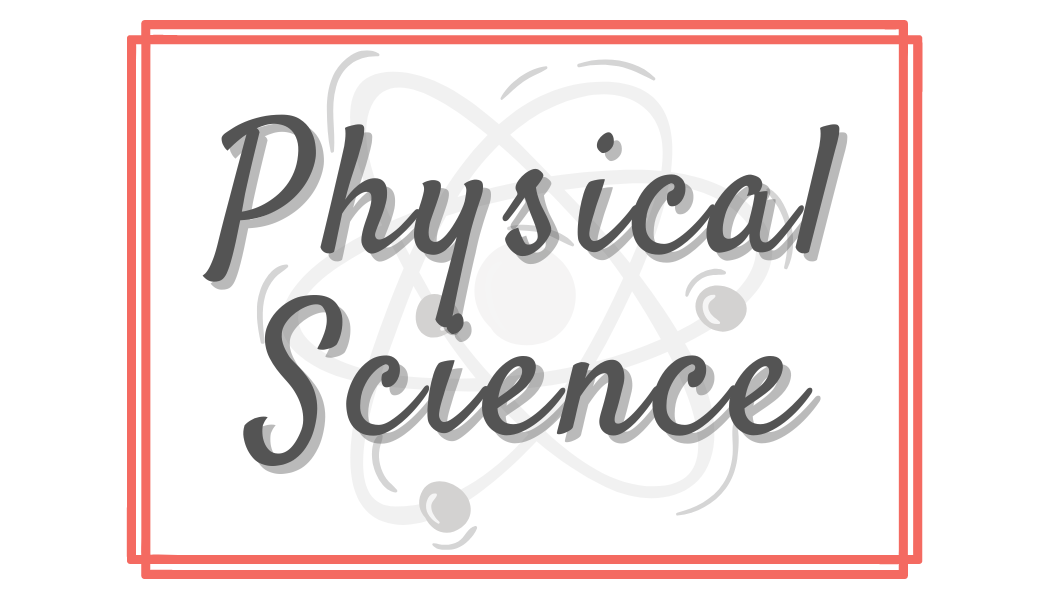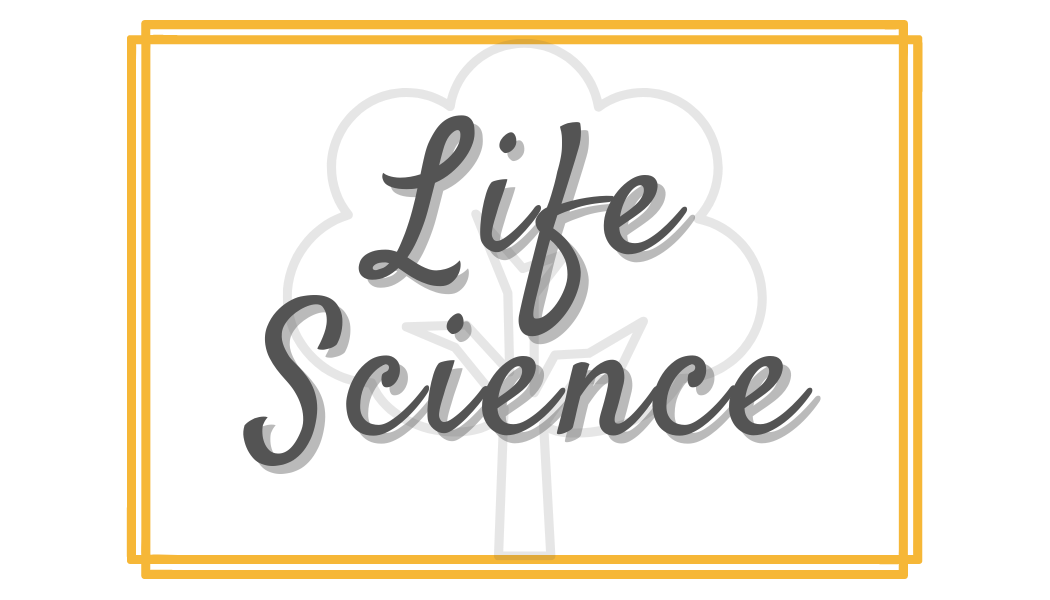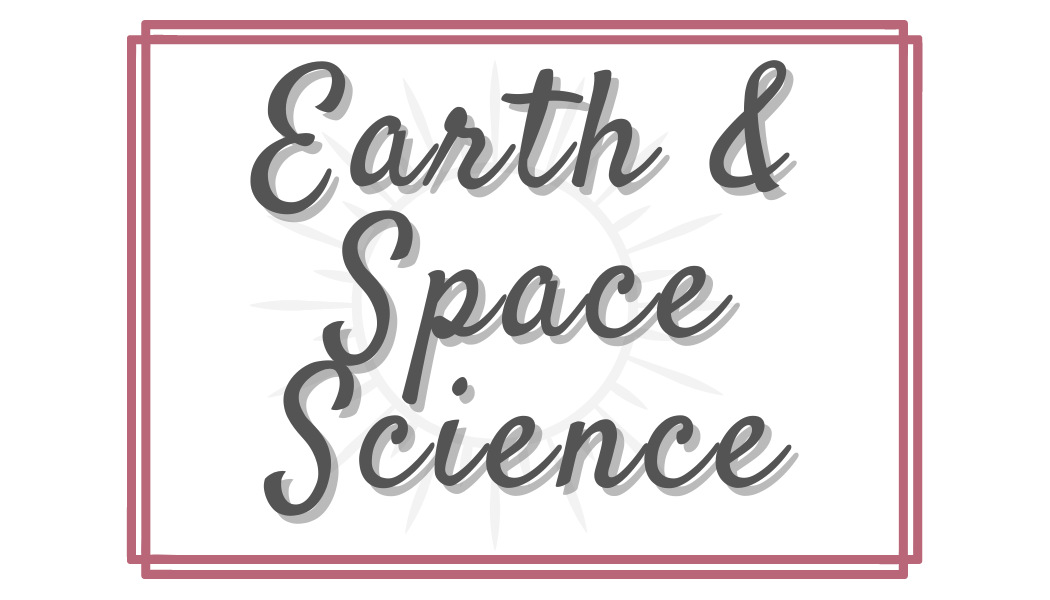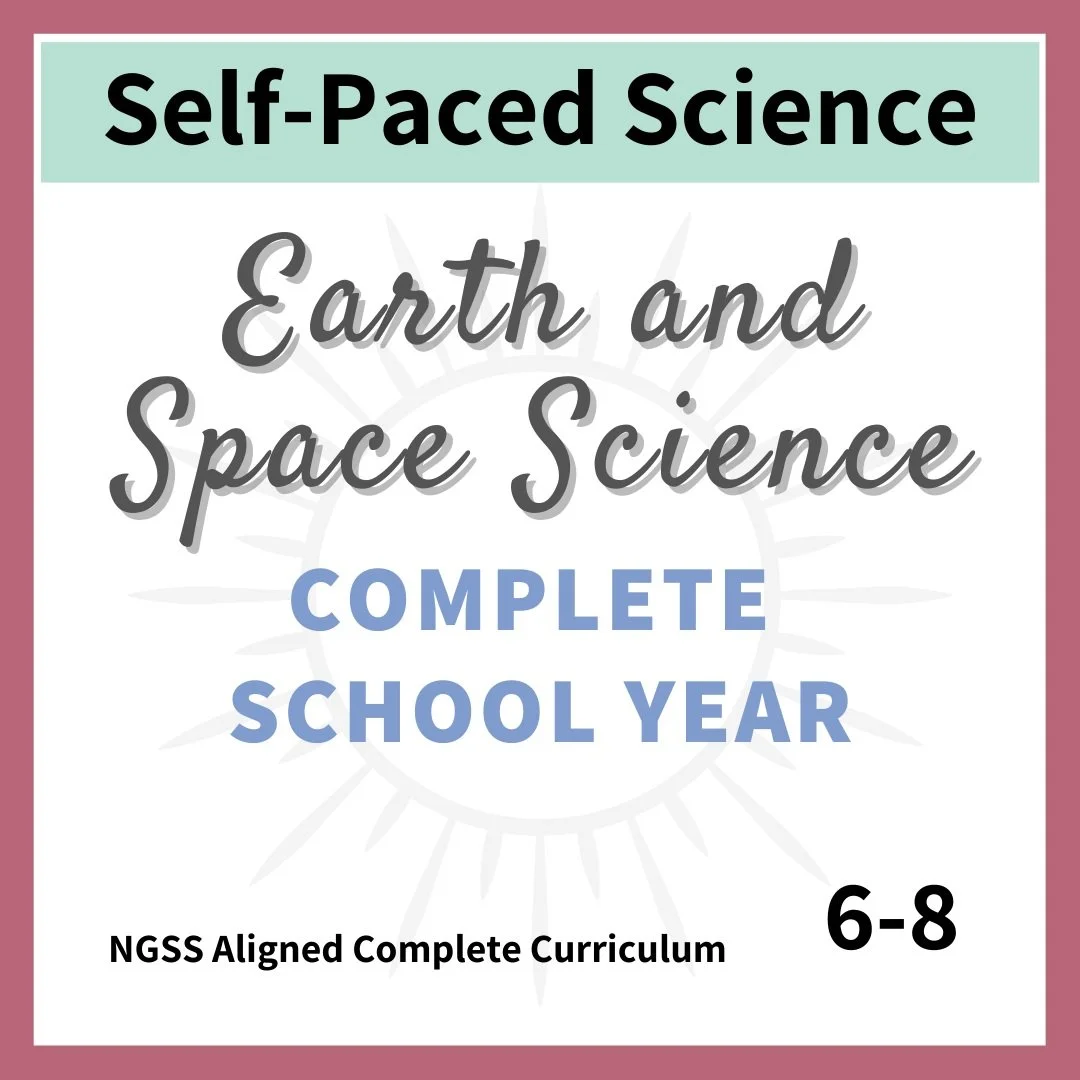Self-Paced Science: Middle School
Help students make personal connections to science with self-paced lessons
Mini Unit Components
-
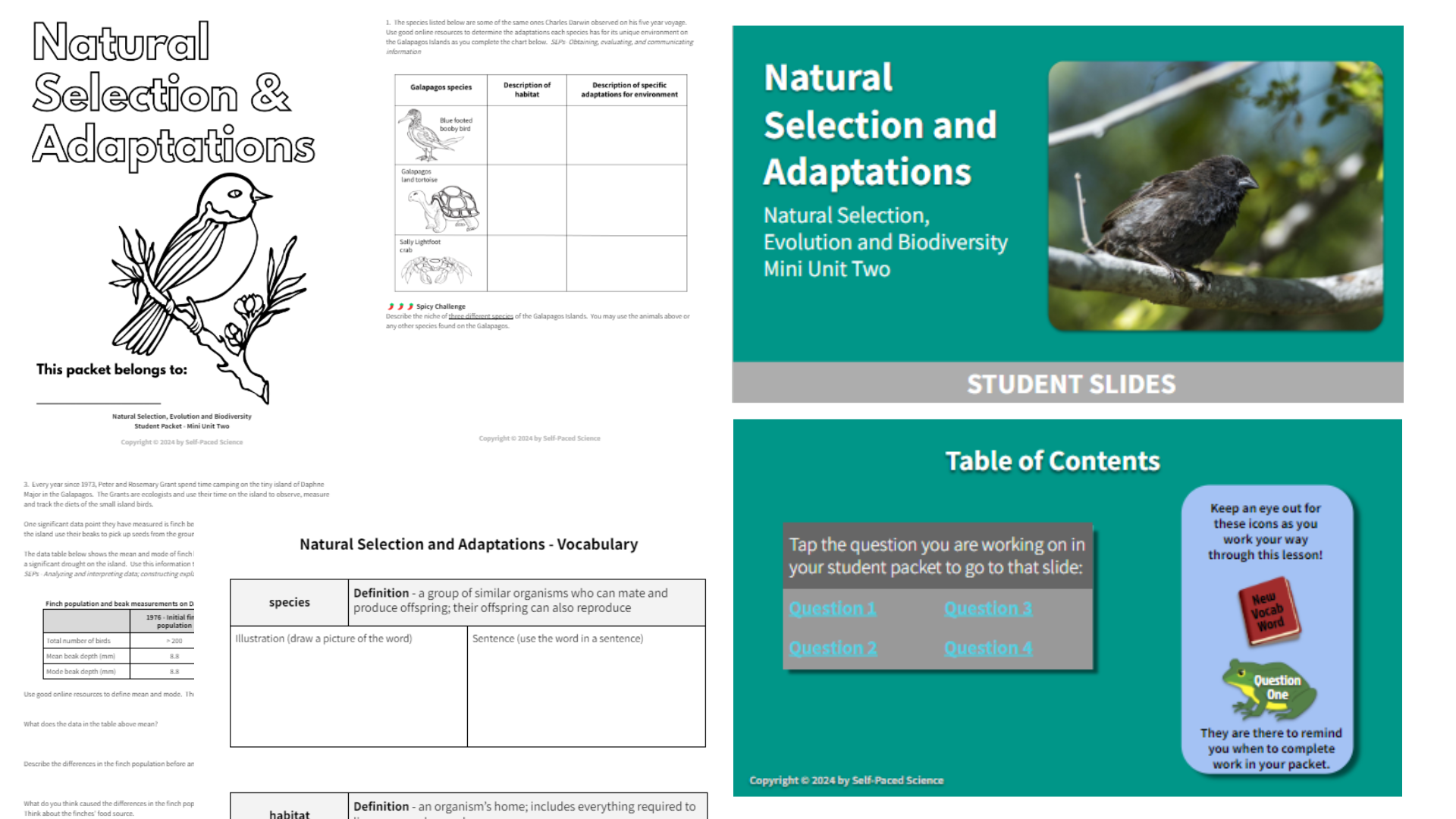
Student Packet and Slides
Teacher outline
Student slideshow
Student packet
Vocabulary posters
-
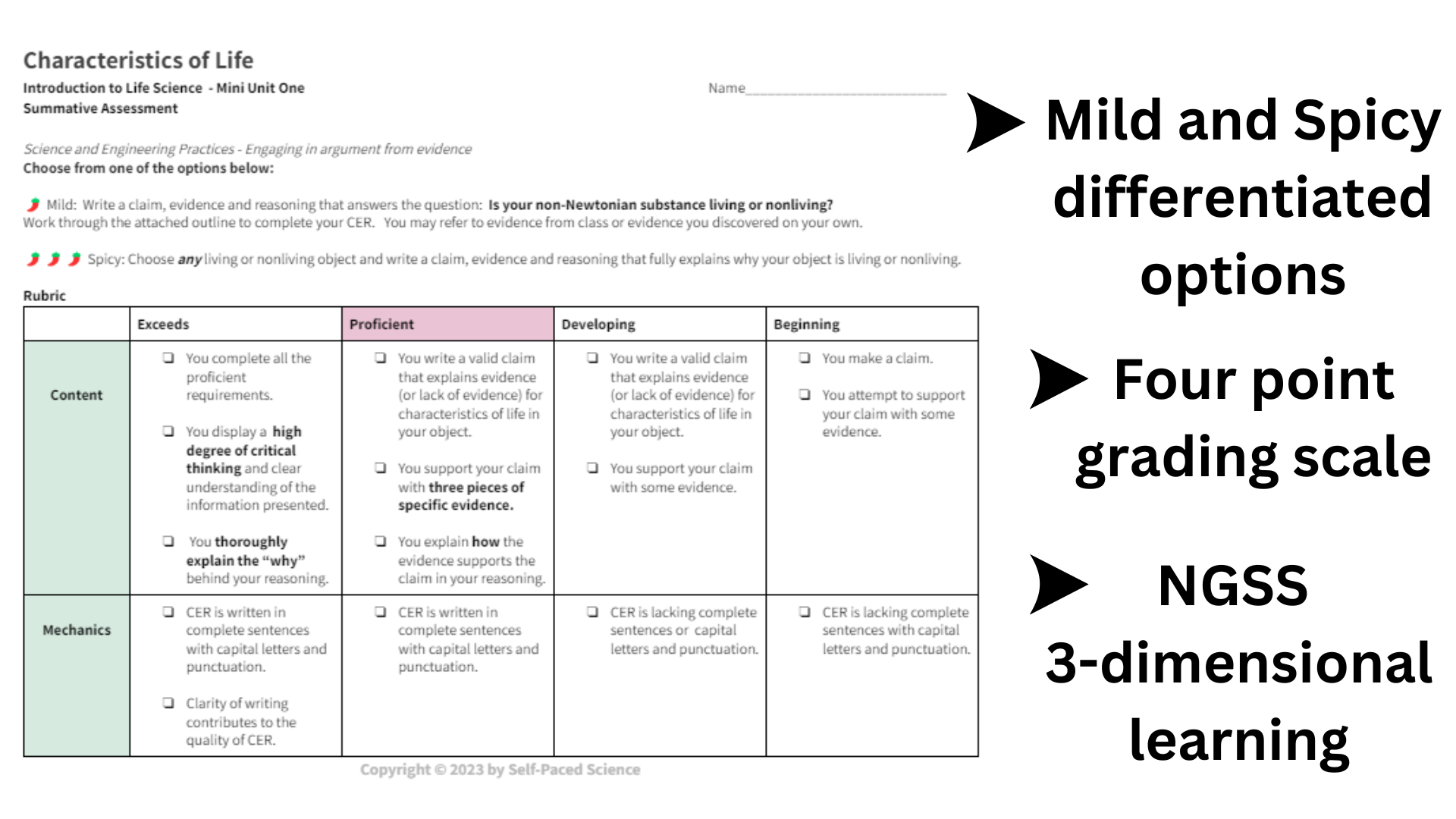
Student Project
A summative assessment, project based activity.
-
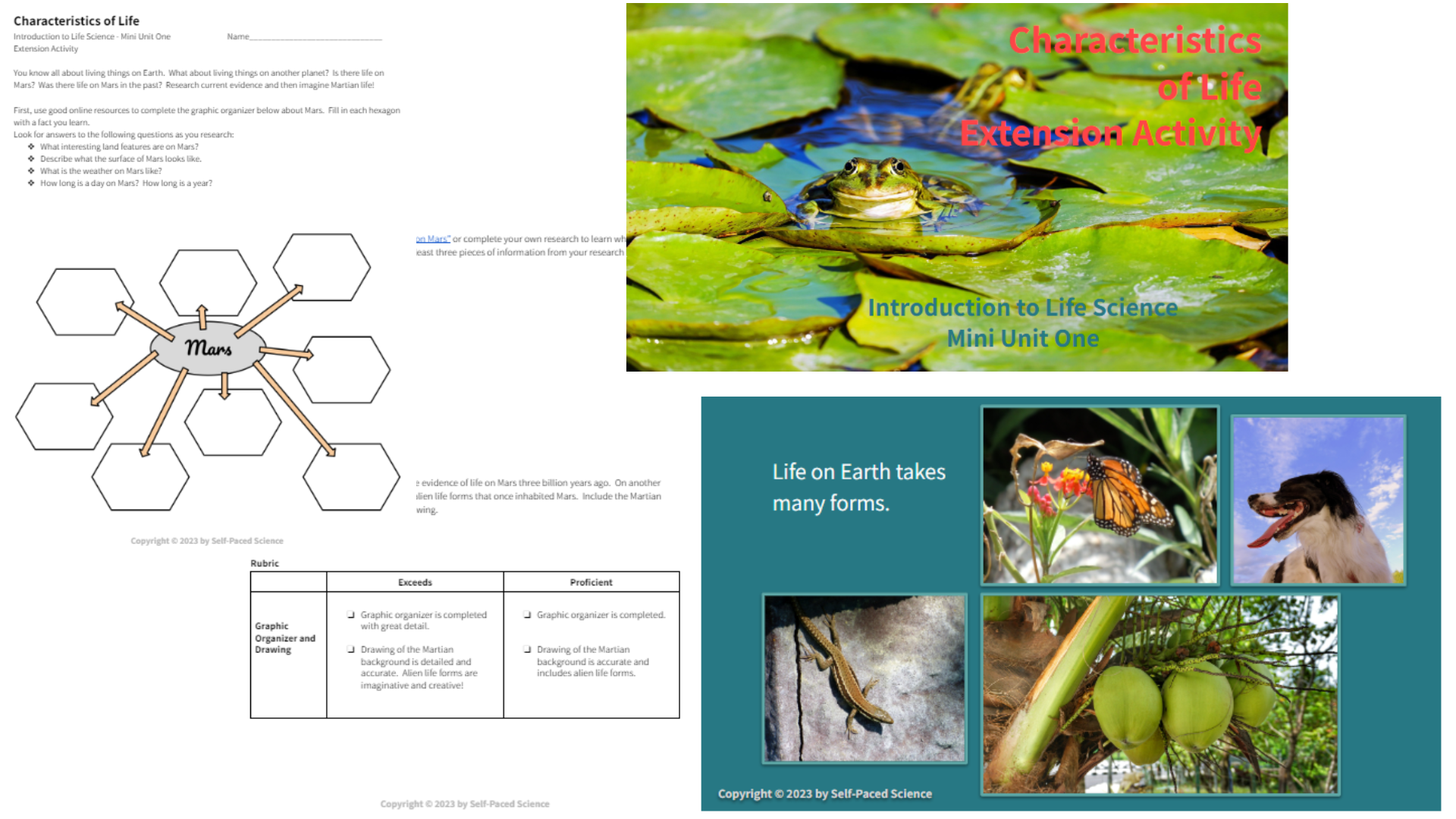
Extension Project
Extend learning for students who finish early, or for all to keep learning beyond the standards. Creativity, research and more!
Includes student slides to guide students through the independent project.
88%
of our middle school students agreed with the statement, “Compared to whole class units, I ENJOY the self-paced units more.”
89%
of our students agreed with the statement, “Compared to whole class units, I am LEARNING MORE working through the self-paced units at my own rate.”
80%
of students said they enjoyed self-pacing because “I can work faster or slower depending on how I feel each day.”
How do I use a Self-Pace Science mini unit?
Resource Libraries
Energy and matter; heat, potential and kinetic energy; force and motion; waves; atoms and molecules; the periodic table, synthetic materials, chemical reactions and more!
In Progress!
Water and rock cycles; weather and climate; weathering and erosion; plate tectonics, Pangaea, astronomy, climate change and more!
Can I use your lessons with the
Modern Classrooms Project model?
Yes! We love Modern Classrooms Project and their approach to blended learning!
We provide the middle school science content and you personalize this content for your students and learning platform.
Creating a blended learning, self-paced classroom is easy with our resources! Our student packets include labs and activities with four to six questions for students to work through. We use these questions as mastery checks. The student packet includes all the “Must Do” assignments for a mini unit.
Students use our Google Slides presentation to help them work through their packet - this is like a personal textbook without all that extra junk! The slides are editable and can easily be turned into personalized instructional videos. We make a short video for every one or two questions in the student packet.
The “Should Do” assignment in each mini unit is a student project/ summative assessment. Projects include designing investigations, writing CERs, creating stop motion videos, building models and more!
Our extension activity is the “Aspire to Do” assignment and can include anything from additional research to labs to a creative project. Google Slides and a description of the activity as well as a rubric are provided for this independent project.
Each mini unit includes a teacher outline with mini lesson ideas and links to relevant resources. We also have a significant amount of information and ideas for teaching each standard in our resource libraries above.
A quick note about the content of our lessons: When we moved to a self-paced classroom, we quickly realized that many of our past activities and worksheets were busy work used to fill a 47 minute time period. We cut out all of the excess and distilled our lessons down to the content kids really need to comprehend. In moving to the NGSS, we also focused much more on science and engineering practices and having students explain their thinking, argue from evidence and analyze data. That’s why our mastery checks look a bit different. We don’t want kids to just add a label, do a quick calculation, or fill in the blanks for guided notes. Rather, we want them to work through an investigation and be able to explain their thinking. We find that the individual or small group conversations we have with kids about their thinking are where the real learning takes place.
How do I start?
Click here for your own copy of our Google Slideshow What is a Self-Paced Science Classroom and How does it Work? Personalize the slides and then share with your students to begin your self-paced science journey!
Take a look at these free life science lessons to get started!
